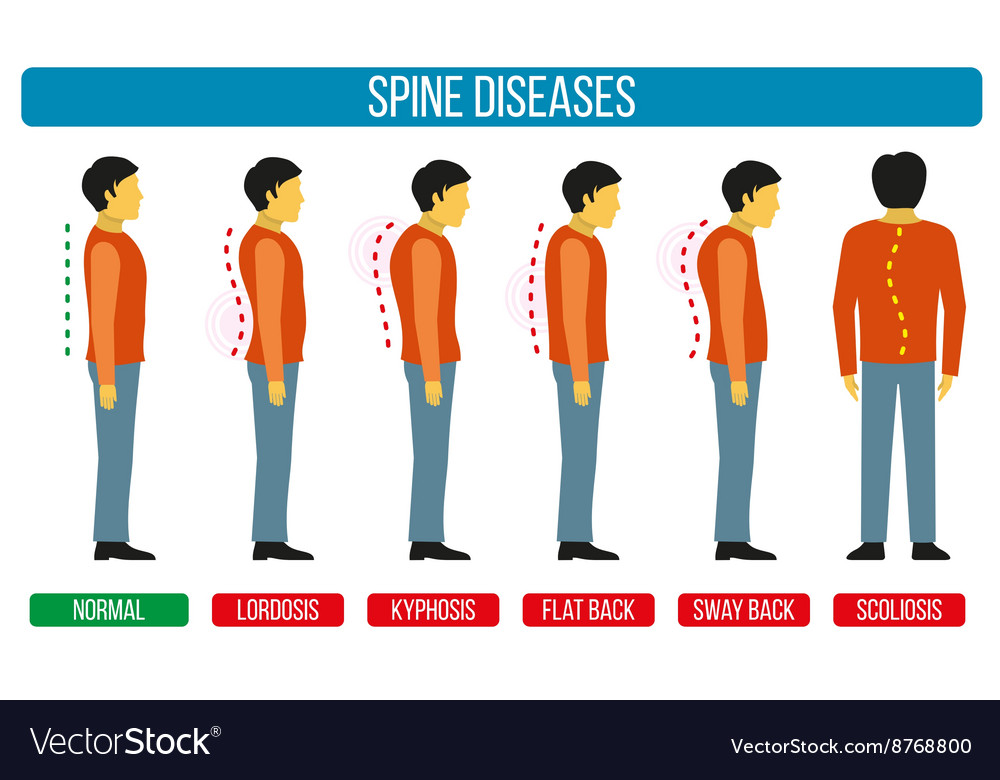If you're experiencing pain in the back, your body could be attempting to inform you something greater than simply discomfort. The means your back really feels can offer beneficial clues regarding your overall well-being. Recognizing the details sort of discomfort you're really feeling and any type of accompanying symptoms is crucial to unraveling the enigma behind your pain. Allow's check out the common conditions and signs associated with various kinds of neck and back pain to shed light on what your body might be signaling.
Types of Back Pain
When it comes to neck and back pain, there are various types that you may experience. One common type is muscle mass discomfort, often triggered by overuse, strain, or injury to the muscular tissues and ligaments supporting the back. This kind of pain can range from mild discomfort to extreme and debilitating pain.
An additional type is nerve pain, which can result from conditions like herniated discs or sciatic nerve pain. Nerve discomfort often offers as a sharp, shooting experience that radiates down the leg.
Joint discomfort in the back can originate from problems like arthritis or sacroiliac joint disorder. This kind of pain is generally felt in the reduced back and can be worsened by specific motions.
In addition, neck and back pain can be related to architectural troubles such as back stenosis or vertebral cracks. Comprehending chiropractors in new york of neck and back pain you're experiencing is crucial in identifying the ideal treatment and management methods.
Common Symptoms to Expect
Moving beyond the different sorts of neck and back pain, it's important to acknowledge the common signs that can indicate underlying concerns.
Relentless pain in the back that intensifies with motion or in the evening can suggest a much more severe problem. Tingling or prickling in the legs or feet, specifically when accompanied by weakness, could point to a nerve-related problem. If you experience sudden weight-loss along with neck and back pain, maybe an indication of a much more systemic problem.
Focus on any kind of adjustments in bladder or digestive tract function, as this could be connected to spinal cord compression. High temperature, chills, or evening sweats combined with neck and back pain may signal an infection. Keep an eye out for pain that radiates down one or both legs, possibly indicative of sciatica.
Health Issues Linked to Back Pain
If you suffer from back pain, it's important to understand the prospective health problems linked to this pain. Neck and back pain can be a signs and symptom of different underlying problems, consisting of muscle mass strains, herniated discs, osteoarthritis, back constriction, and even conditions like kidney stones or infections.
Muscular tissue strains are common and frequently result from lifting hefty objects or sudden movements.
local guide program occur when the soft tissue in between vertebrae protrudes, causing nerve irritability.
Osteoarthritis, a degenerative joint condition, can result in pain in the back as cartilage material wears down.
Spine constriction, the constricting of the spinal canal, can put pressure on nerves.
Kidney stones may cause intense neck and back pain if they move into the urinary tract.
Infections like back osteomyelitis can likewise show up as back pain. Recognizing these possible health conditions can aid you seek appropriate medical care and administration for your neck and back pain.
Conclusion
So, following time your back harms, take note of the kind of discomfort and coming with symptoms. Maybe a signal from your body about underlying health problems like muscle strain, nerve issues, joint issues, and even structural issues. By identifying these indicators, you can take proactive steps to attend to the source of your neck and back pain and enhance your general health and wellness.
